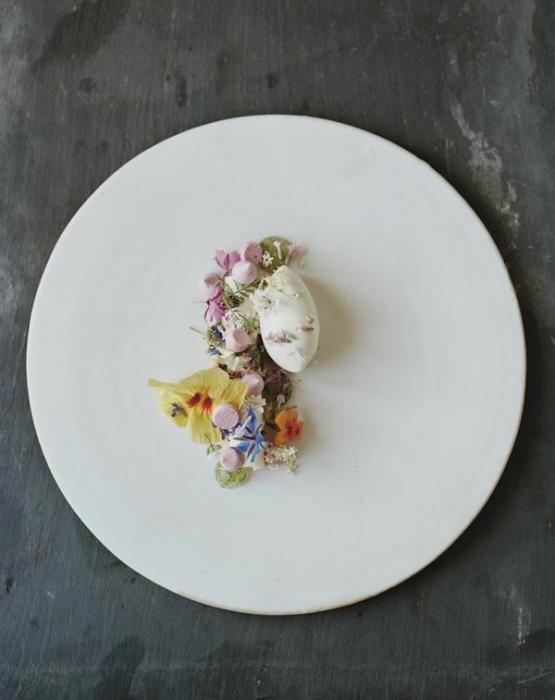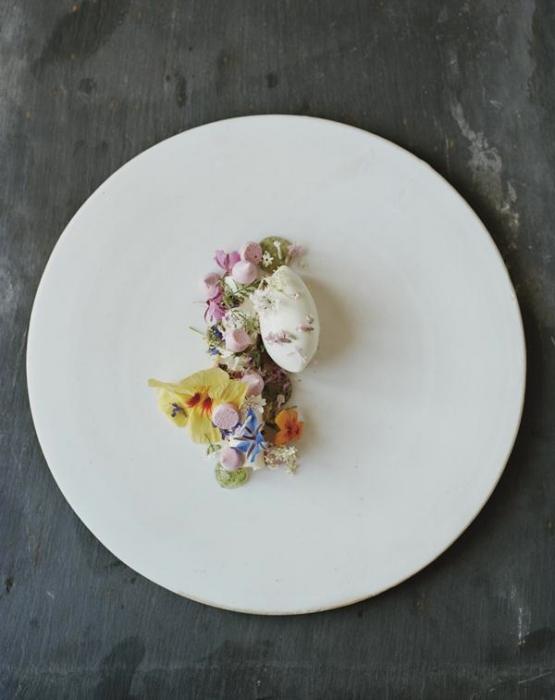
Erica’s Scandinavian Reports: Natural Scandinavia
2 min read

Think Scandinavia and the first words to pop into your mind might be “natural, pure, clean.” Well, if you are British it might also be “blonde” and “naked” but we will ignore that for now.
Scandinavia as a region is indeed those things, and the newest trend in haute cuisine matches it to a tee. The Scandinavian cuisine has been hailed as the next big thing by the likes of Ferran Adria of El Bulli, and sommeliers of top nordic restaurants now put all their viking prowess to the task of exploring matching wines. Where they landed? In natural wine.
Danish restaurant Noma has been voted Best Restaurant in the World two years running. In an old waterfront warehouse in the city of Copenhagen, chef and founder René Redzepi has reinvented Nordic cuisine. His love for foraging in the Scandinavian flora and fauna, taking the somewhat odd tastes of raw sea urchins, fermented gooseberries and pine shoots to new levels of molecular gastronomy, has created quite a challenge for wine matching.
So what do the lucky few who receive a table here imbibe with their weed salad? “The common theme for everything the kitchen creates is a clean, fresh, honest taste,” explains head sommelier at Noma, Swede Pontus Elofsson. “To match this we pick wines defined by acid and minerality.” The areas favoring this light, fresh flavor profile are those that, just like chilly Scandinavia, have a long, cool growing seasons. Champagne, Loire, Mosel and Burgundy provide key options for these ephemeral foods.
Not only the flavor profiles need to match – the purity of the kitchen does as well. “I am convinced that terroir comes through best in a wine if the wines are grown as naturally as possible and not manipulated in the cellar,” explains Elofsson. Thus, the wine list is dominated by “natural” wines; biodynamic or organic wines from small producers who make their wines with minimal intervention. Sure, natural wines might taste different than the produced, cookie-cutter wines many a consumer palate is used to. “The natural wines may be perceived as quite ‘special’ initially, but in combination with the flavors of the food we convince even the most doubtful of guests,” smiles Elofsson.
Next: Why Michelin starred Relae went natural and won’t look back…


